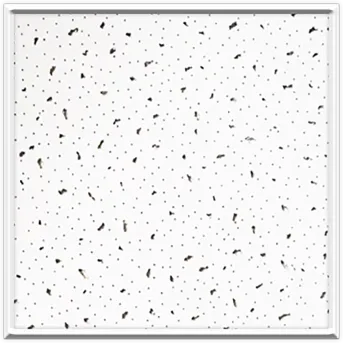- Afrikaans
- Albanian
- Amharic
- Arabic
- Armenian
- Azerbaijani
- Basque
- Belarusian
- Bengali
- Bosnian
- Bulgarian
- Catalan
- Cebuano
- Corsican
- Croatian
- Czech
- Danish
- Dutch
- English
- Esperanto
- Estonian
- French
- German
- Greek
- Hindi
- Indonesian
- irish
- Italian
- Japanese
- Korean
- Lao
- Malay
- Myanmar
- Norwegian
- Norwegian
- Polish
- Portuguese
- Romanian
- Russian
- Serbian
- Spanish
- Swedish
- Thai
- Turkish
- Ukrainian
- Uzbek
- Vietnamese
Каст . 12, 2024 06:00 Back to list
suspended ceiling main tee
Understanding Suspended Ceiling Main Tee Systems
Suspended ceiling systems, commonly known as dropped ceilings or false ceilings, play a significant role in modern architectural design and construction. Among the various components that make up these systems, the main tee is a critical element that supports the entire structure of the ceiling. This article delves into the importance, functioning, and application of suspended ceiling main tee systems.
Firstly, a suspended ceiling is constructed by hanging a grid system from the structural ceiling using hangers and rods. This grid consists of main tees and cross tees that create a framework for holding ceiling tiles. The main tee is the spine of the ceiling grid; it runs parallel to the longest wall and provides the primary support structure. Typically, the main tee is available in various lengths, most commonly 12 feet long, and is made from durable materials like galvanized steel or aluminum to withstand the weight of the tiles and any additional fixtures, such as lighting or HVAC components.
One of the main benefits of a suspended ceiling with a main tee system is its versatility. It allows for easy access to plumbing, electrical wiring, and HVAC systems hidden above the tiles. Maintenance and repairs can be performed quickly without the need for extensive dismantling. Additionally, this system provides excellent sound insulation and can improve the acoustics of a room, making it ideal for environments such as offices, schools, and hospitals where noise control is crucial.
suspended ceiling main tee

Installing a suspended ceiling main tee system involves several steps. The first step is to determine the layout of the grid, ensuring that the tiles will fit snugly and that the main tees are evenly spaced. The standard spacing for main tees is typically 4 feet apart, depending on the tile size and weight. Once the layout is established, the main tees are attached securely to the hangers, which are anchored to the structural ceiling. Cross tees are then inserted between the main tees to complete the grid, forming the framework for tile installation.
Another significant aspect of suspended ceilings with main tees is their aesthetic appeal. These systems offer a clean and modern look that can enhance the overall interior design of a space. With a variety of tiles available, ranging from standard mineral fiber options to stylish acoustic panels, architects and designers can create versatile environments that meet both functional and aesthetic requirements.
Moreover, as sustainability becomes more critical in building design, suspended ceilings can contribute to energy efficiency. Many ceiling tiles are designed to reflect light, reducing the need for artificial lighting and, in turn, lowering energy costs. Additionally, the space above a suspended ceiling can be utilized as a plenum for air distribution, improving the overall efficiency of heating and cooling systems.
In conclusion, the suspended ceiling main tee system is an integral component of contemporary ceiling designs. With its structural robustness, versatility, and aesthetic appeal, it enhances both functionality and style in various settings. As architectural trends continue to evolve, the main tee will remain a cornerstone of effective and efficient ceiling designs, catering to the ever-changing needs of building occupants and owners. Whether for commercial, educational, or residential projects, understanding and implementing a suspended ceiling main tee system can lead to significant benefits in terms of maintenance, acoustics, and energy efficiency.
-
Transform Interiors with PVC Gypsum Ceiling: A Stylish, Durable, and Moisture-Resistant SolutionNewsMay.19,2025
-
The Smart Interior Upgrade: Discover the Durability and Versatility of Gypsum Ceiling Access Panel SolutionsNewsMay.19,2025
-
The Smart Choice for Interior Design: Discover the Value of PVC Gypsum Ceiling SolutionsNewsMay.19,2025
-
Mineral Fiber Ceiling Tiles: The Smart Blend of Performance and AestheticsNewsMay.19,2025
-
Mineral Fiber Ceiling Tiles: The Superior Choice Over Gypsum for Sound and Fire SafetyNewsMay.19,2025
-
Mineral Fiber Ceiling Tiles: Eco-Friendly Strength and Style for Every CeilingNewsMay.19,2025







